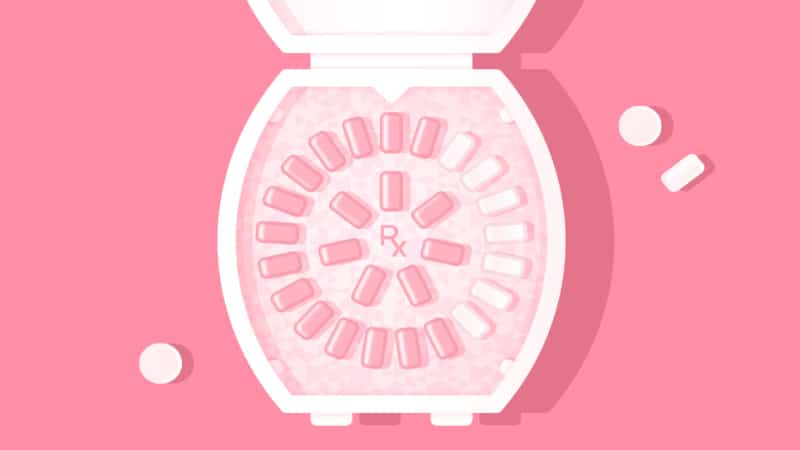We’re lucky to live in a day and age where SO many forms of birth control are available. However, with so many options, there can also be information overload.
This article is intended to give you an OVERVIEW of what’s out there – including effectiveness, pros, and cons. That way, you can find one you might want to try and then collect as much information on it as possible from other sites and sources, so you can make an informed decision.
IMPORTANT THINGS TO REMEMBER
- There are 5 branches to choose from – Hormonal, Barrier, IUDS, Natural, and Emergency. Each branch comes with their own pros and cons.
- All “effectiveness percentages” only apply when the corresponding method is done perfectly. Plus, different sites, experts, and reports will sometimes report different percentages.
- The cost will change drastically based on your location and national or private healthcare situation (things like insurance etc.).
- Not all forms of birth control will protect against STIs.
HORMONAL BIRTH CONTROL
THE PILL
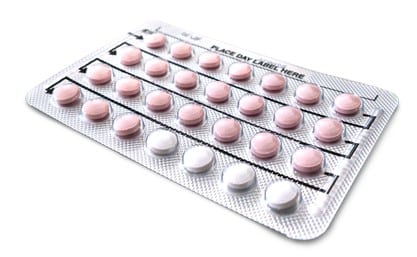
OVERVIEW: There are three choices (combination, progestin-only, and extended cycle). There’s a considerable amount of information about each one (so talk to a specialist), but, in general, the idea is to take a pill AT THE SAME TIME every day to prevent pregnancy.
This can happen by either making it harder for sperm to reach the egg and by stopping ovulation.
EFFECTIVENESS: Over 99%
COMBINATION PROS: One of the most common pills, can make cycles regular.
COMBINATION CONS: can’t be used by smokers, people over 35, people prone to blood clots, or those that might suffer from migrations.
PROGESTIN PROS: Safer for those with certain health problems, can be used while breast .feeding
PROGESTIN CONS: You cannot be more than three hours late – you need to be VERY diligent with taking them.
EXTENDED CYCLE PROS – You only have one period every three months, but some say you can go a year without them.
EXTENDED CYCLE CONS – There is no evidence to prove that no periods are bad, but there are no long-term studies to show it’s safe either.
THE PATCH
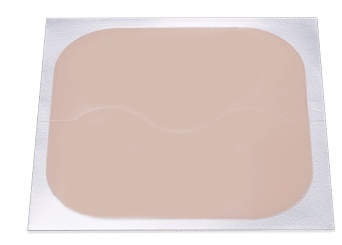
OVERVIEW: A patch is worn on the butt, back, upper arm, or belly and releases hormones that stop fertilization and thickens the cervical mucus. The cycle is 3 weeks on the patch and 1 week off.
EFFECTIVENESS: Around 91%
PROS: Sometimes makes periods less heavy or crampy. Doesn’t interfere with spontaneous passion. Easier to remember than a daily pill. Helps reduce various health problems like bone thinning, breast cysts, and anemia etc.
CONS: Patches must be changed on the same day every week. While there aren’t many low percentage serious risk problems, there can be mild side effects like tenderness or nausea.
IMPLANTS

OVERVIEW: A piece of plastic (around the side of a matchstick) is inserted under the skin of your upper arm. It releases the hormone progesterone to keep eggs in ovaries and make it harder for sperm to move.
EFFECTIVENESS: 99%
PROS: No prep before sex, no daily meds required, long-lasting (years), can have children right after taking it out, can use while breastfeeding
CONS: Cannot be used by breast cancer patients, irregular periods – heavy/longer or lighter/fewer, sore breasts, weight gain (lower chance but still present)
VAGINAL RING

OVERVIEW: It’s a small, flexible ring that you place inside your vagina. Operates similar to other hormonal options by stopping fertilization for 3 weeks. After, you take it out for 1 week and have your period.
EFFECTIVENESS: 91 to 99%
PROS: There’s no “exact” placement, as long as you don’t feel it while walking around. You can control your periods. It’s convenient and can include other health benefits (similar to the Patch).
CONS: Requires you to be diligent in your ring changes. Rings can “expire”. There are common side effects like all hormonal options – sore breasts, nausea, headaches, change in sexual desire. These often take around 3 months to go away.
INJECTIONS/SHOTS

OVERVIEW: Aka. Depo-Provera is an injection that contains hormones that prevent ovulation. It must be taken once every 3 months.
EFFECTIVENESS: 94%
PROS: Discreet, no packaging, etc. Can make periods lighter or less. Convenient and less to worry about compared to missing your daily pill. Similar health benefits to many hormonal options.
CONS: Can be a delay of 9-10 months before you can get pregnant again. Needs a doctor’s appointment to get. Similar side effects as other hormonal options (that will take 2-3 months to go away).
BARRIER METHODS
STERILIZATION

OVERVIEW: This means going to the doctor and having a snippy-snip. It’s doable for both men and women and is a “go home the same day” surgery.
For men, a vasectomy will cut the tube that carries the sperm. Women have two choices. First, blocking the fallopian tube (by being cut, ties, or cauterized). Second, inserting a coil that creates scar tissue that will also block the tube.
EFFECTIVENESS: Over 99%
PROS: High effectiveness, no need for supplies or additional doctor’s visits, don’t need to remember to take something every day, can reduce the risk of ovarian cancer (through tube litigation).
CONS: Permanent (if you want children in the future), higher risk to women, not protected against STIs.
MALE CONDOM

OVERVIEW: A covering that goes over an erect penis. Comes in three kinds: latex, polyurethane, and natural.
EFFECTIVENESS: Around 85%
PROS: Men are contraceptive responsibility, good for vaginal/oral/anal sex, cheap, easy to use, no prescriptions.
CONS: Less spontaneity (a new condom must be applied for each intercourse session etc.), some people are allergic to latex, chance of breakage if stored incorrectly or using oil-based lubricants.
FEMALE CONDOM
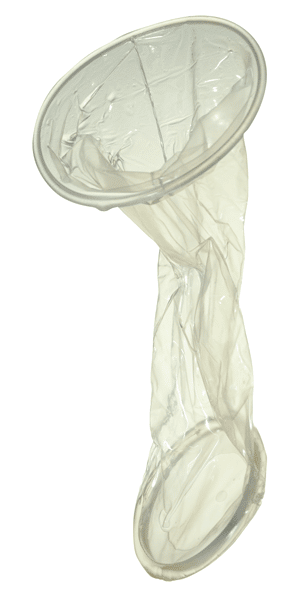
OVERVIEW: A soft polyurethane plastic pouch with a plastic ring at either end. The smaller ring is inserted into the vagina and the larger one stays just outside (to cover the labia).
EFFECTIVENESS: Around 79%
PROS: available without a prescription, women don’t have to rely on a man to provide protection, good alternative for those with latex allergies, protects against STIS, can be instead hours before intercourse, one-size-fits-all.
CONS: harder to put in for some people, need to be careful taking it out, chance of rustling noises, can be expensive if you can’t find free ones at your local health clinic.
SPERMICIDE

OVERVIEW: Comes in the form of a gel, foam, film, or suppository that you put deep in your vagina. Despite the suffix “cide”, spermicides don’t kill sperm – rather, they block the entrance to the uterus and slow down the sperm.
EFFECTIVENESS: Around 71%
PROS: Very cheap and no prescription required. No hormones. Doesn’t interfere with sex.
CONS: Can be messy. Doesn’t protect against STIs. In fact, if you’re allergic to any ingredients or use it several times a day, it can irritate your vagina and make it easier for some diseases to enter the bloodstream (e.g. HIV).
CONTRACEPTIVE SPONGE

OVERVIEW: It’s a soft, round, squishy, plastic sponge you put deep inside your vagina (at your cervix). Aside from blocking the entrance to the uterus, it also contains spermicide.
EFFECTIVENESS: 76 to 88%
PROS: Over the counter, don’t need a prescription. No hormones (if you want that option). Small, convenient, and discreet. Once in, you can have as much sex as you want within a 24-hour period.
CONS: They can be tricky to put in properly and take some practice. Doesn’t prevent STIs. Some people are allergic to the ingredient Nonoxynol-9 contained in spermicide. Sometimes wet or messy and can make the vagina dry (you can add lube). Although rare, there is an increased risk of toxic shock.
DIAPHRAGM
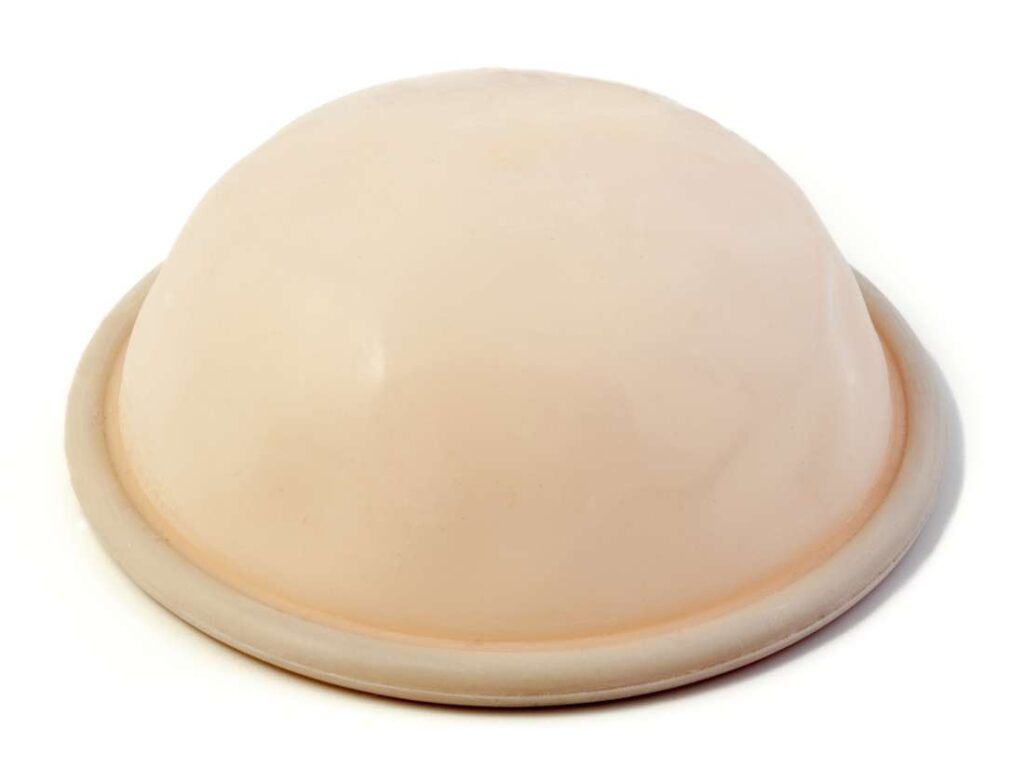
OVERVIEW: A dome-shaped rubber cup that is filled with spermicide and inserted all the way to the back of the vagina to cap the cervix.
EFFECTIVENESS: 88%
PROS: Can be inserted hours beforehand and left in up to 24 hours, can last up to 2-3 years if you take care of it, women can control their contraceptive
CONS: Needs a professional fitting by a doctor, can’t be spontaneous, need feel comfortable enough with your body to insert it, spermicide needs to be replaced before each intercourse session, must be left in 6 hours afterward.
FEMCAP
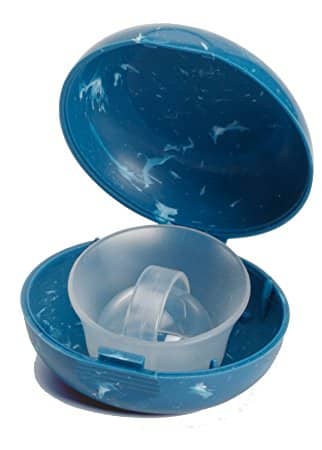
OVERVIEW: Functions like a diaphragm but smaller and only fitting over the cervix
EFFECTIVENESS: Around 92%
PROS: Similar pros as a diaphragm, but they are also less noticeable
CONS: Needs fitting from a doctor (and a new fitting after you’ve had a baby), higher risk of pregnancy after you’ve had a baby, not as reliable because they can slip out of place, difficult for some women to insert, made of latex (possible allergies)
NATURAL METHODS
NATURAL CYCLE TIMING
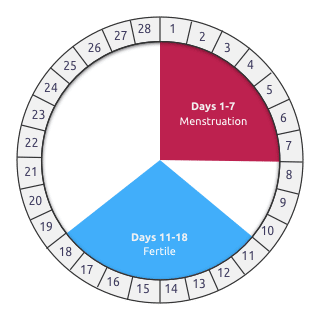
OVERVIEW: Also known as Fertility Awareness or Rhythm Timing. It involves tracking your body’s changes and predicting fertile (close to ovulation) and infertile times. Some ways include tracking your temperature, cervical mucus, or menstrual cycle.
EFFECTIVENESS: 76-88%
PROS: No need for medications or hormones (safe for your body). No physical commitment or side effects. You can do it while breastfeeding and can become pregnant as soon as you stop.
CONS: All sexual participants are required to participate. It also requires a significant level of discipline and record keeping. Any natural hormonal changes to the body or medications can make it harder to collect accurate data.
WITHDRAW/PULLOUT

OVERVIEW: The man pulls his penis out of their partner before ejaculation – keeping the semen away from the vagina.
EFFECTIVENESS: Around 75%
PROS: No cost or side effects. Always available. Omits the discomfort that other forms of birth control might have (eg. condoms).
CONS: Requires a significant amount of trust. Doesn’t work if the male partner has poor control over his orgasms or suffers from premature ejaculation. Doesn’t protect against STIs. Higher chance of pregnancy since precum can sometimes contain sperm.
ABSTINENCE

OVERVIEW: Basically, it means you don’t have sex. Zero intercourse.
EFFECTIVENESS: If done 100% of the time, it’s 100% effective
PROS: Zero chance of pregnancy or STIs. Makes participants focus on other relationship or intimacy building activities. Zero medical side effects.
CONS: If you choose to be spontaneously sexually active, and you’re used to abstinence, you might not have alternative birth control on hand. You have to find alternative sexual outlets, e.g. masturbation.
BREASTFEEDING METHOD

OVERVIEW: Aka Lactational Amenorrhea Method. When breastfeeding, your body naturally stops ovulation.
EFFECTIVENESS: As high as hormonal options
PROS: Hormone-free, natural, zero cost, easy and convenient. Breastfeeding itself also has many health benefits.
CONS: Only works for around 6 months. Can only be done while you are breastfeeding regularly – once the baby switches to solid food and starts sleeping through the night, it will no longer be effective. It also won’t work if you alternate with formula. Baby needs to be a “strong suckler”. Doesn’t protect against STIs.
EMERGENCY METHODS
EMERGENCY CONTRACEPTIVES
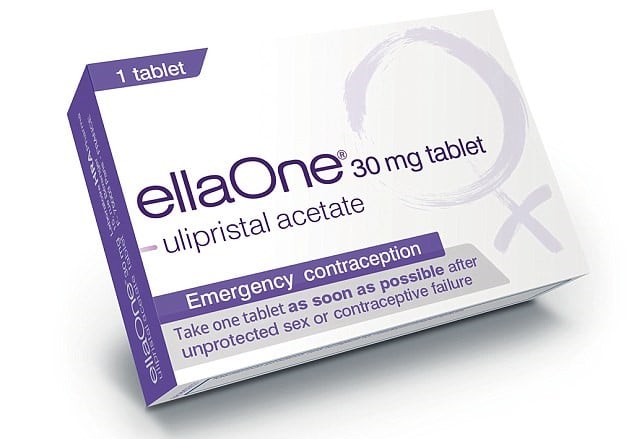
OVERVIEW: There are two pill options that will either delay ovulation or interfere with egg fertilization.
1. Prescriptions – Aka. ella, contains ulipristal acetate, can be taken up to 5 days after, most effective
2. Over the counter – Sometimes called Plan B, contains levonorgestrel, can be taken up to 3 days after
EFFECTIVENESS : Upto %95
PROS: They are useful if your primary form of birth control failed (eg. the condom broke), your partner didn’t pull out it time, you made a mistake with your cycle medication, or you were forced into consensual sex. Quite effective if taken as soon as possible.
CONS: Not meant to be used as a long-term solution. Ends up more expensive than other options (long term). Has side effects with other medication. Possible allergic reactions. Sometimes nausea, headache, menstrual cycle changes etc.
NOTE: IUDs are considered emergency birth control as well and have higher effectiveness.
UTERINE DEVICES
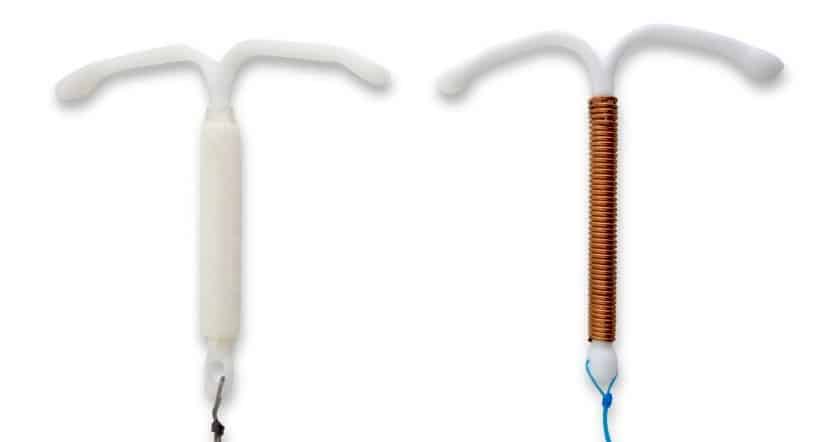
OVERVIEW: Aka. IUDs. There are two kinds – plastic and progestin (releases hormones) or plastic and copper (stops sperm). The device is inserted into a woman’s uterus by a doctor.
EFFECTIVENESS: Over 99%
PROS: They last a long time (years). Copper doesn’t affect hormones levels and can be used while breastfeeding. Can be pregnant right after taking it out, one of the most effective methods (over 99%)
CONS: Copper can make menstrual bleeding heavier and cramps more painful, mild pain during insertion, can be painful/uncomfortable for those who haven’t had a baby before
NOTE: Although everything in this article requires additional research, this one needs the most. There’s A LOT of information to take in about these options before you decided to use one.
. . . . . . . . . . . . . . . . . . .
Keep in mind, what might work for one person, might not work for another. Allergies, sensitivities, finances, and personal comfort also play a large part in finding a birth control that works for you.
Finally, remember one last important thing: One method is good. Two is better. And, make sure you’re protected against STIs.
If you’re looking for more health-related articles, you might be interested in these…
- At Home Std Test Kits – The Positives and Negatives
- 10 Sex in Water Tips – Aquatic Fun While Staying Safe
- Oral Sex STDs 101 – Things to Know Before Opening Your Mouth
Anything you want to add? Share in the comments!

